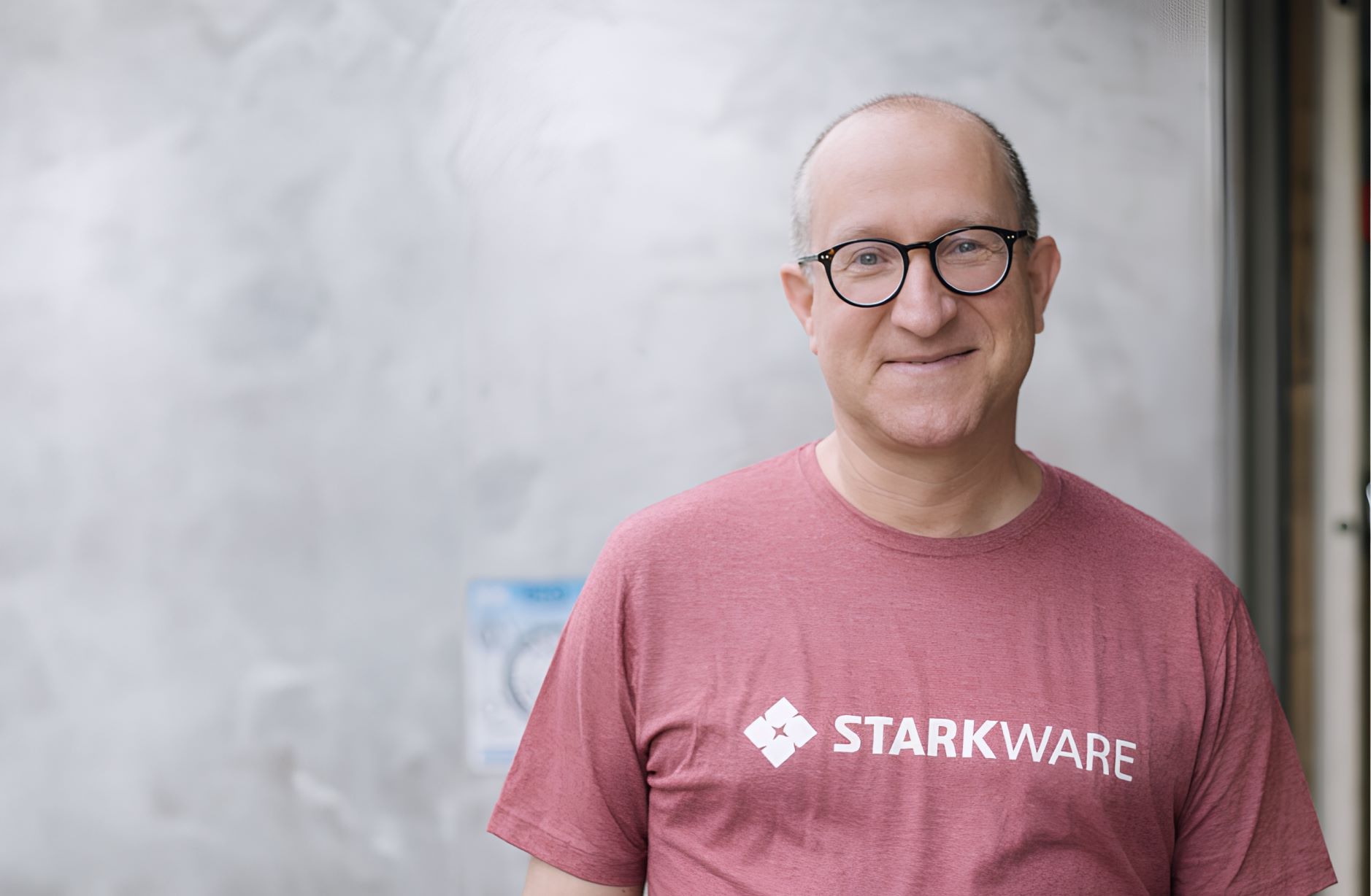ARTICLE AD BOX

- Eli Ben-Sasson built StarkWare to scale Ethereum and Bitcoin using ZK-STARKs, prioritizing math over trust in governments or banks.
- As CEO, Eli expanded StarkNet with staking, appchains, and a bold Layer-2 vision for Bitcoin integration.
Eli Ben-Sasson isn’t trying to be a superhero. But if you look at his history in crypto, it’s probably not an exaggeration to call him a pioneer. He’s not your typical flamboyant crypto entrepreneur who shows up at conferences in a hoodie and jargon.
His background is academic, and heavy—computer theory, algorithms, and cryptography. In the early 2000s, Eli earned his PhD from Hebrew University, then went on to do research at MIT and Harvard. While most of us were just learning the word ‘blockchain’ from YouTube ads, he was already busy designing the mathematical foundations that underpin many crypto protocols today.
But his story doesn’t end with the piles of journals. What makes his journey interesting is when he stepped out of the classroom and decided to build something real—StarkWare. Together with his colleagues, Eli founded the company in 2018, positioning himself not just as a researcher, but as a builder.
This is where he began to gain wider recognition, not because of his lectures in the lecture hall, but because of his contributions to ZK-STARKs—a complex but much-needed cryptographic technology as blockchain networks like Ethereum become increasingly crowded.
StarkNet on Bitcoin? Eli Ben-Sasson’s Bold Next Chapter Is Already Underway
StarkWare itself may sound technical to most people, but the technology it develops makes it easier for users to make transactions without having to pay heart-pounding gas fees. One of their products, StarkNet, is now used to accelerate and expand the capabilities of the Ethereum blockchain without sacrificing security. But interestingly, Eli has recently taken his idea even further—to Bitcoin.
Early 2025, StarkWare announced the expansion of StarkNet to reach Bitcoin as a Layer-2. It may sound like a crazy idea, but they have already started with indexing inscriptions, and are slowly developing plans to build zero-knowledge proofs that can connect directly to the Bitcoin network. A move that, if successful, could take BTC from being just “digital gold” to an efficient smart contract infrastructure.
On the other hand, this is not just about technology. Behind the scenes, Eli also plays a role as a thinker and community leader. He often shares his opinions on decentralization, digital identity, and the importance of maintaining transparency in increasingly complex systems.
One of his writings even calls Africa the key to global crypto adoption—a viewpoint that is rarely heard from other big blockchain figures.
Furthermore, his new role as CEO of StarkWare since early 2024 has given his approach a different color. He is no longer just a scientist behind the scenes, but also a leader who must direct teams, make product decisions, and answer questions from investors who sometimes can’t wait for technical iterations.
However, his style of speaking is still straightforward, and when appearing on podcasts or interviews, he often talks about how “math can be trusted more than governments or banks,” rather than discussing tokenomics or valuation numbers. Sometimes it sounds odd, but that’s what makes his approach interesting.
Not in It for the Spotlight, but for the Structure
Eli Ben-Sasson may not be as well-known as Vitalik Buterin, but when it comes to the foundation of technology, he has a big role that cannot be ignored.
Especially when StarkNet started introducing staking features, and then opening up opportunities for appchains on their network, the community began to realize that he was bringing more than just an idea, but a direction. With over 20K STRK locked for network validation and a growing number of active developers, many began to believe that the project he was building was more than just hype.
Eli’s path so far has been unpredictable. He wasn’t part of the get-rich-quick wave of meme coins, but rather slowly building a foundation so that the crypto world wouldn’t collapse under its own weight.
And while people sometimes ask, “Why not just retire after Zcash?” the answer is probably simple: because there’s still a lot to improve. And he knows exactly how to start—with evidence, not assumptions.
.png)
 4 hours ago
1
4 hours ago
1








 English (US)
English (US)